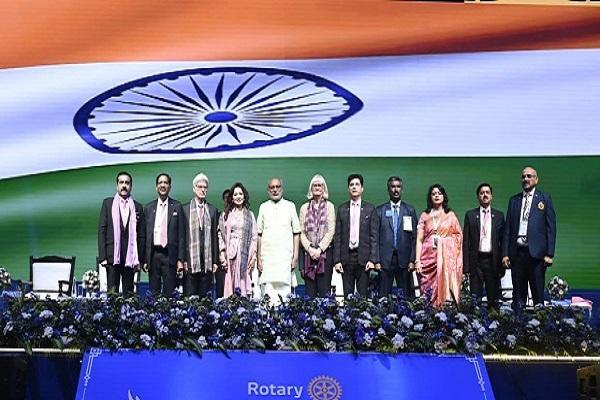
Can India build universities to rival the global best?
In recent years, India has been grappling with the challenge of retaining its top talent in the face of rising visa hurdles globally. The country has been losing many of its best and brightest minds to foreign universities, where they can pursue higher education and achieve their professional goals without the hassle of navigating complex visa regulations. However, this brain drain has significant implications for India’s economic growth and development.
In an effort to stem this tide, Indian entrepreneurs, industrialists, and educational institutions are coming together to create world-class universities that can rival the best in the world. One such initiative is the Nayantha University, backed by the Confederation of Indian Industry (CII), which aims to bridge the gap between Indian education and global standards.
What sets Nayantha University apart?
Nayantha University is a private initiative that has taken a unique approach to higher education. At the heart of its strategy is the concept of internships, which allows students to gain hands-on experience in their chosen field while studying. This approach is designed to equip students with the skills and knowledge they need to succeed in a rapidly changing global economy.
What’s more, Nayantha University has a clear mission rooted in development. The university is committed to using its resources and expertise to address some of India’s most pressing social and economic challenges. This includes areas such as healthcare, education, and sustainable development.
Joining the ranks of India’s ed-tech pioneers
Nayantha University is by no means the only private initiative aiming to transform Indian higher education. There are several other ed-tech pioneers making waves in the sector, including Ashoka University and Kriya Institute of Advanced Study.
Ashoka University, for instance, is a non-profit institution that has gained international recognition for its innovative approach to education. The university has a strong focus on interdisciplinary learning, and its faculty includes some of the world’s leading experts in their fields.
Kriya Institute of Advanced Study, on the other hand, is a research-focused institution that has made significant contributions to fields such as artificial intelligence, data science, and biotechnology. Kriya has partnerships with several leading international universities and research institutions, and its faculty includes many world-renowned experts.
Challenges and opportunities ahead
While initiatives like Nayantha University, Ashoka, and Kriya hold great promise for India’s higher education sector, there are still many challenges to be overcome. One of the biggest hurdles is the need for greater investment in infrastructure and faculty development.
Another challenge is the need for greater collaboration between Indian universities and foreign institutions. This could involve partnerships for research, joint programs, and exchange programs for students and faculty.
Despite these challenges, the opportunities for growth and development in India’s higher education sector are vast. With the right support and resources, India could potentially become a global hub for higher education, attracting students and talent from around the world.
Conclusion
In conclusion, the launch of Nayantha University is a significant development in India’s higher education sector. With its focus on internships, development, and innovation, Nayantha has the potential to make a real difference in the lives of Indian students and the country as a whole.
As India continues to grapple with the challenges of retaining its top talent, initiatives like Nayantha University will play a critical role in shaping the country’s future. By providing world-class education and training, these institutions can help India to stay competitive in the global economy and achieve its goal of becoming a global leader in higher education.
Watch the video:
To learn more about Nayantha University and its vision for the future of Indian higher education, watch this video: https://youtu.be/sUtRHui1RZE
Source:






